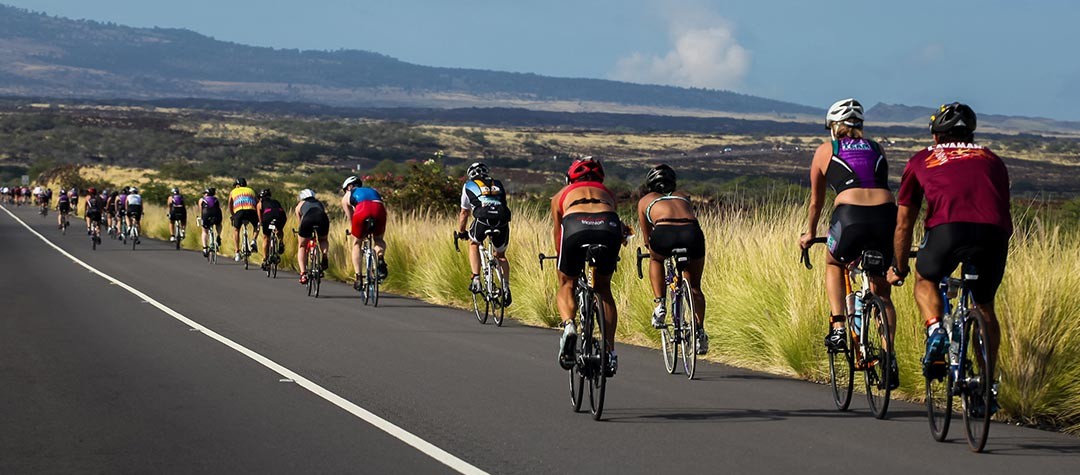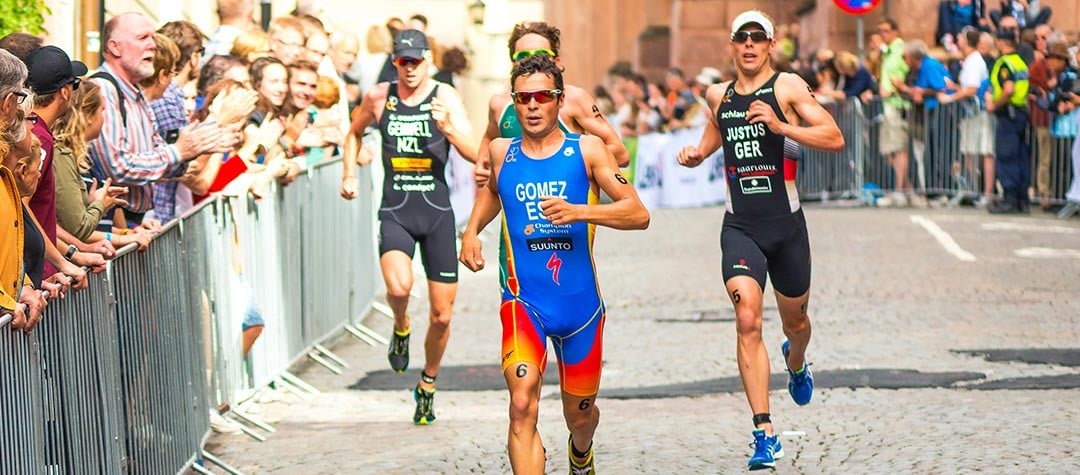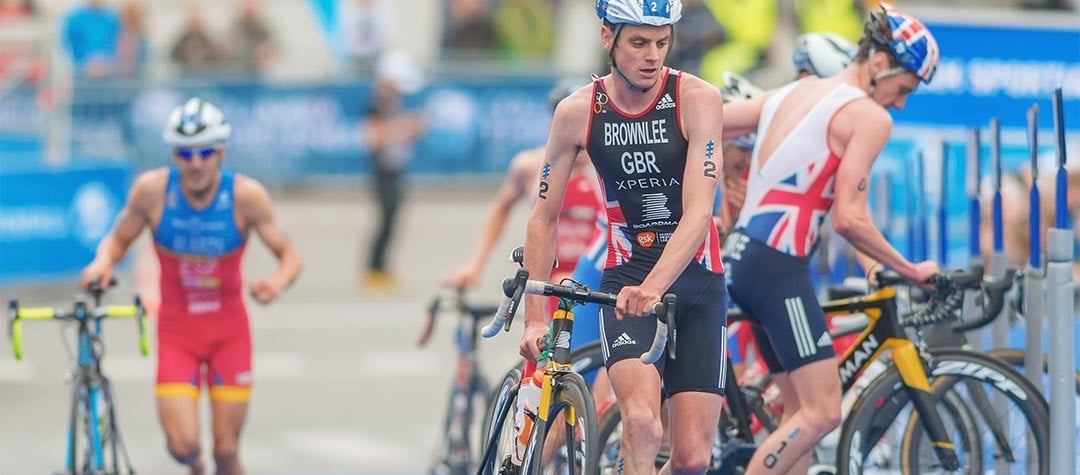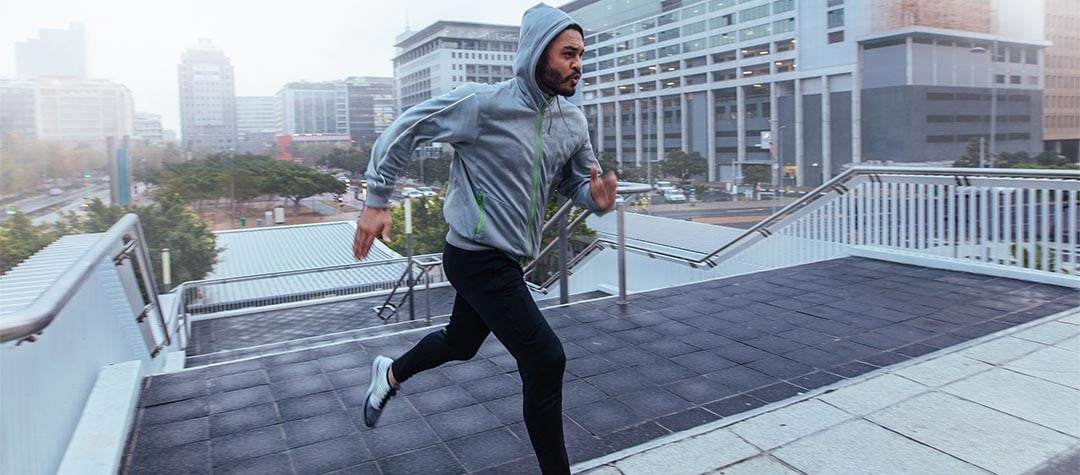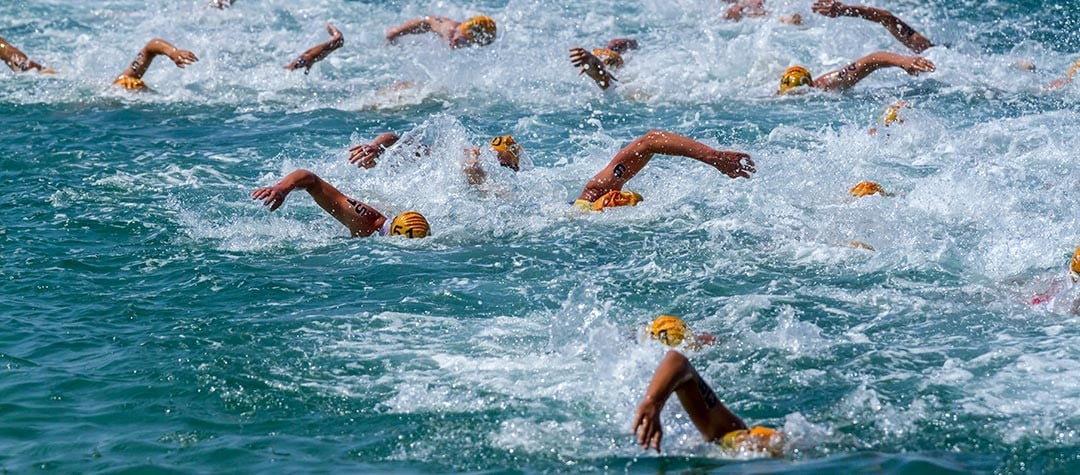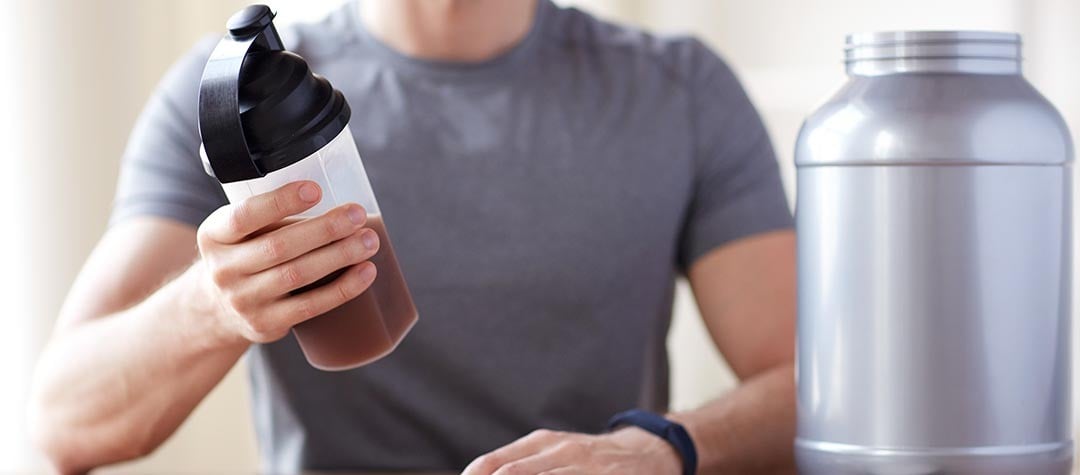Perfect pacing to ensure that your pace your triathlon well and get the result your efforts deserve.
Before your race it’s important to have a clear goal of what it is you want to achieve based on the training that you did, not the training that you wanted to do. It’s unlikely that you’ll surpass what you did in your training for the event by much so make a sensible target based on tester sessions, data from your power device or heart rate monitor or some time trials to determine this.
It’s important to have a realistic goal otherwise when it comes round to it you’ll be disheartened and de-motivated. Often that can be the case but try not to worry too much about time in triathlon.
I never really look at my time; the courses are more often than not too long or too short, conditions vary with different weather and remember there is no standard distance for transition so that can be anything from 30 seconds to 5 minutes!
1. Swim
There is no real technology to help pace you around the swim. My tip would be to allow some extra effort in the first 100m to get away from people. This should get you on to the fast feet of the best swimmers in front of you which you want, because the drafting effect will give you some extra speed and you can save your energy.
Allow some extra effort in the first 100m to get away from people.
Once you’ve done that, settle down to a pace that feels comfortable for you based on your swimming training. This will be the shortest part of your race so you can’t go too far wrong in terms of pacing.
Keep your stroke smooth and keep looking up to check you’re going in the right direction. Try to avoid fighting and don’t panic when you clash with another athlete as this is the main thing that will make you tired come the bike and run.
2. Bike
When you first mount your bike you need to give yourself a short time to settle into the rhythm and recover from the swim, so don’t push too hard as soon as you get on the bike. There will be plenty of time to use up that energy later on. The last thing you want to do is begin the cycle in oxygen debt because it’s hard to recover and feel good again after that.
The last thing you want to do is begin the cycle in oxygen debt because it’s hard to recover and feel good again after that.
If you have a power meter or a heart rate monitor then stick to the targeted numbers and you won’t go too far wrong. I’d avoid getting caught up in what other people are doing because they might be much stronger than you and lead you astray, thus ruining your race!
The bike is the easiest place to take on nutrition and this is the main aspect that will keep you from running out of energy, so try to eat an energy gel (or whatever you’ve practiced with in training) every 20-30 minutes. Remember not to push too hard in the last 5k of the bike - if anything you should try to save your legs here as you’ll feel much fresher coming on to the run after this.
3. Run
Just like the bike ride it’s best to start at an easier pace and finish harder in the run. If you do this it should leave you in total control of your energy distribution. You’re likely to finish with much more confidence and control if you’re still moving through the field on the last lap rather than going backwards.
Just like the bike ride it’s best to start at an easier pace and finish harder in the run.
Keep taking drinks and keep on top of your nutrition plan but not in the last few kilometres as whatever you take won’t have the time to be absorbed anyway! I’d advise you to tailor your effort according to the terrain so if you hit a hill, then back off your effort on the way up. On the descents, let your legs go and take the free speed! In long distance triathlon it might also be worth considering walking aid stations to give you a target along the way, plus it also allows you to cool off and take on the food you need.
Picture credit - Goran Bogicevic / Shutterstock.com

